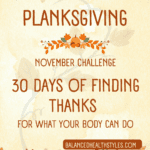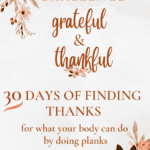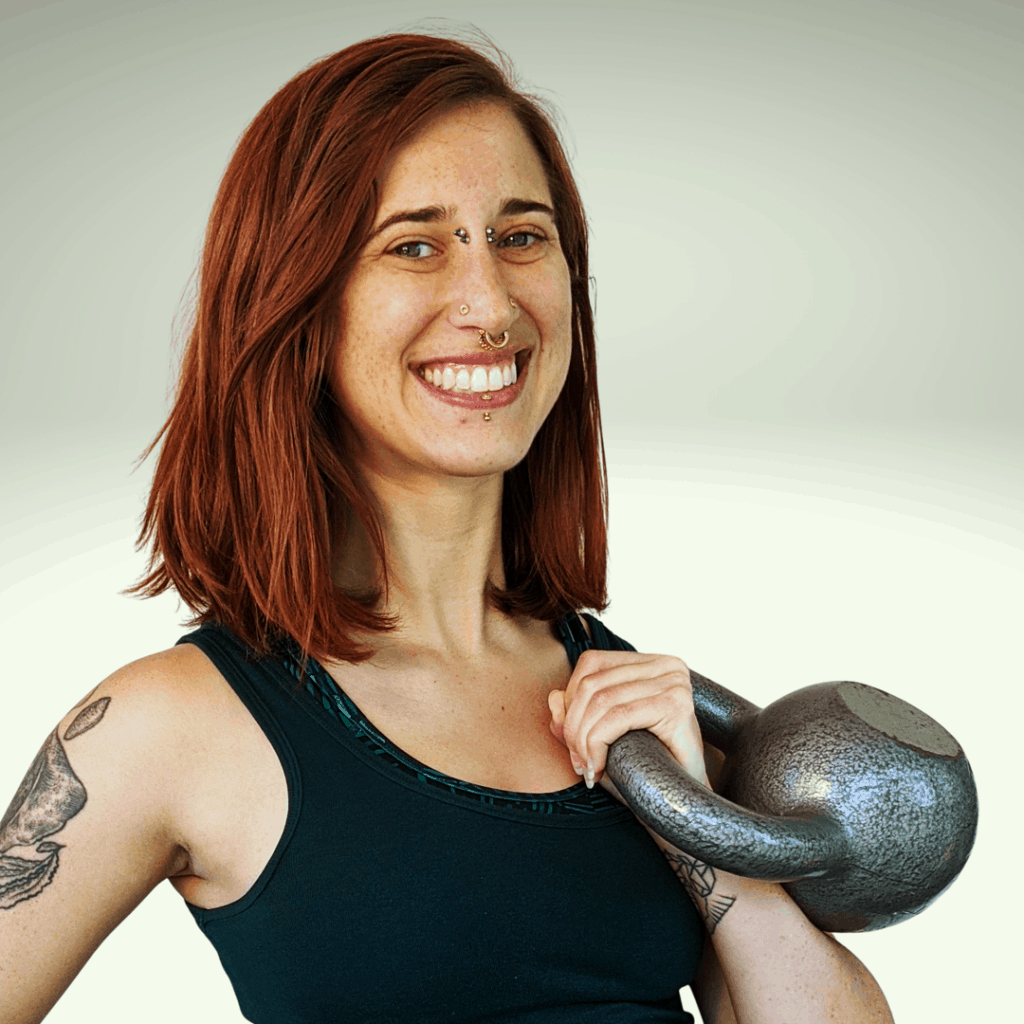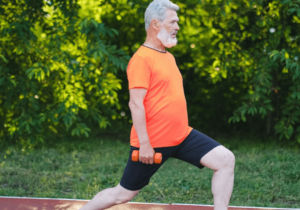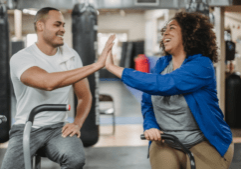Doing a Plank and Giving Thanks: Holiday Fitness Challenge
Happy Planksgiving! Planks are an amazing exercise! They focus on strengthening your core muscles, which you use in pretty much every movement you make. Although there are many muscles that make up your core, doing a plank works your abs (not letting you sink to the floor, also known as an anti-extension exercise), obliques, and transverse abdominis. Beyond your core, planking also works your upper and lower body such as glute, quad, arm, and upper back muscles.
The goal of a plank is generally to keep the body still (except for some variations), which is important to the stability of the core. Stability is probably the biggest function of the core as it helps our body move together.
Basic plank technique
Keep your body straight with your butt down, but not dropped. Your body should make a straight line or your hips can be slightly raised. Don’t let yourself sink down at the shoulders and always try to actively push away from the ground. The more full-body tension you’re creating while doing this, the more benefits you’ll get from the time spent in this position.
The general conversation around planks is how long you can hold them, but your form can start to collapse after a while, causing them to be less beneficial. Instead, choose a length of time and do multiple sets. That way you can rest in between and start fresh for each round.
Coach Sarah will take you through different types of planks for this holiday exercise challenge, each represented by one of your favorite Thanksgiving foods. Build your own dinner and give thanks to your amazing core muscles by strengthening them!
Planksgiving Challenge: “Thanksgiving Plate”
Turkey: Standard Plank
The main course! The best place to start off is with one of the variations of a standard plank. You can achieve this with a high plank on your hands, low your elbows, on your knees, or an incline plank against a chair, table, or wall.
Stuffing: Plank with Movement
If you’re looking to add a little flavor to your standard plank, try adding a bit of movement. My favorites are a shoulder tap, moving one arm out in front of you at a time, or moving one foot off the ground at a time. The goal here is to keep your body stable (don’t rotate or sink down!) even when one limb is moving.
Gravy: Weighted Plank
For even more flavor, add a weight! There are many different ways you can use a weight during a plank. Try holding a weight on your back (these work well in short intervals), moving a weight side to side underneath you, or a renegade row, which combines a planking with a rowing exercise.
Mashed Potatoes: Side Plank
As a popular side dish, turn your plank on its side! Side planks are an amazing way to work on core stability and mix it up when you get bored of a standard one. As with the standard one, try adding some movement to it to add a little seasoning! As one of the McGill Big 3 core exercises, this one has some major benefits. Try lifting your top leg, crunching on one side, or dipping your hip for as many reps as it feels comfortable for you.
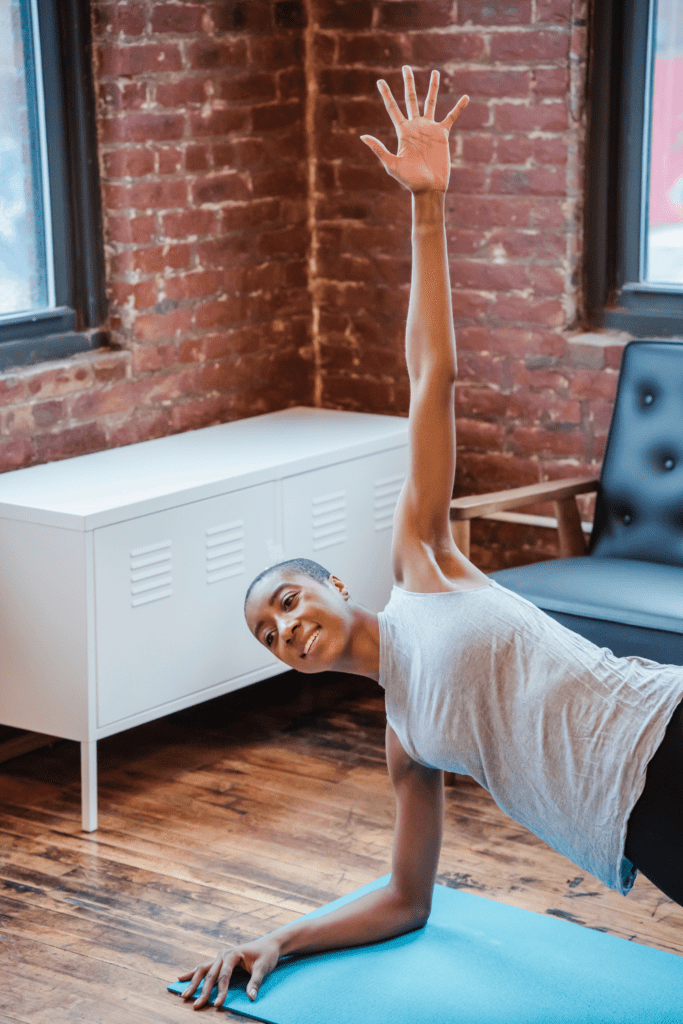
Green Beans: Different Body Positions

As another popular side dish, you don’t always have to keep your hands and feet in the same place! Experiment with moving your feet out, or make an X with your body. You can also bring your hands farther in front of you to up the challenge.
Dinner Rolls: Dynamic Planks
Those delicious carbohydrates counteract the tryptophan in the turkey and give you some energy to do planks that get your heart rate up! Try plank jacks, mountain climbers, or a walking plank (moving from your hands to your elbows and back) for dynamic options.
Pumpkin Pie
Even if pumpkin pie isn’t your thing, there are plenty of Thanksgiving desserts to try! Our exploration here goes into other body positions. Try a bear position (all fours with knees off the ground) or a pike position (butt up with arms and legs straight) and see how it feels different.
Rebel Thanksgiving Dish: Reverse Plank
It’s time to get unconventional! We generally think of planks as stomach facing the ground, but a reverse plank has us in the position of back towards the ground. Because flipping it upside down works different muscles, you can try it with all the different ideas above!
Thanks and Planks 30 Day Challenge
Try this 30 day Planksgiving challenge this year! Every day, think about something you’re grateful for, combined with doing a plank for 45 second (or more!). You can do the same style every day, or mix it up by trying the different variations from this list.
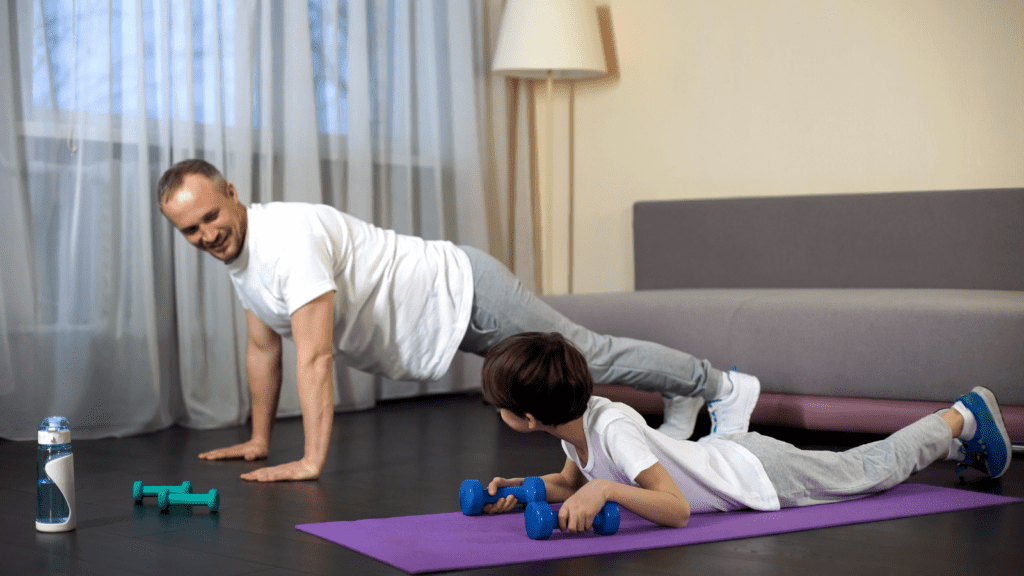
Even better, you can involve all your family and friends! Compete against each other or do it as an encouraging group activity. Give thanks for the people around you while getting stronger and forming healthy habits together.
Sarah Siertle, a strength and movement coach, specializes in introducing people to strength training and works to make the fitness world a more inclusive place. She has been a movement instructor since 2012 and also teaches swing dance around the US. Find other articles written by Sarah on her coach profile. Let Sarah help you get STRONG so you can take advantage of life’s adventures!

